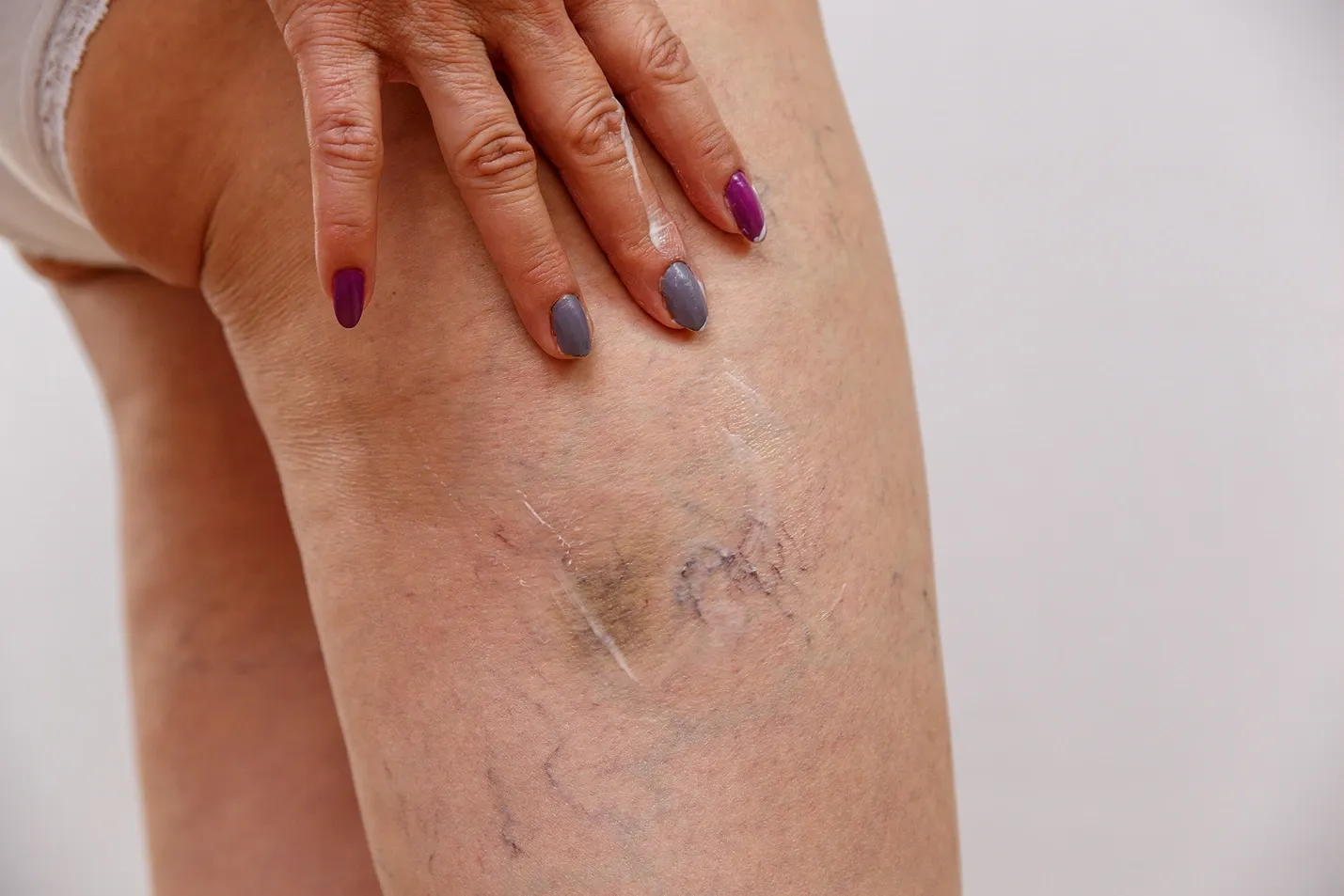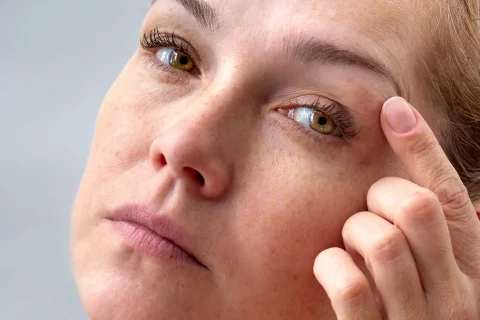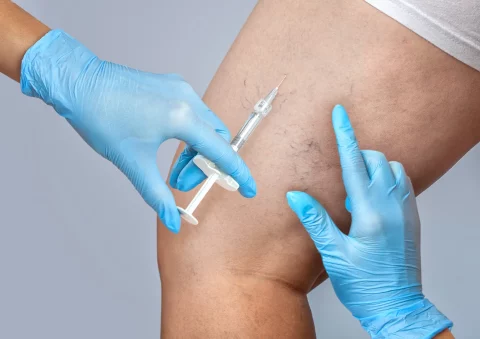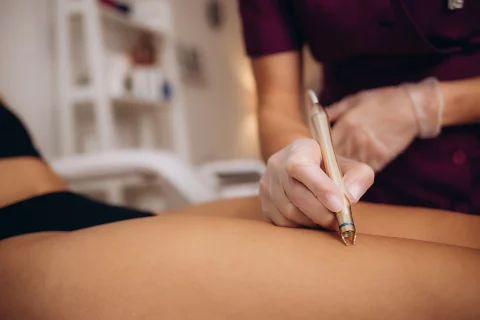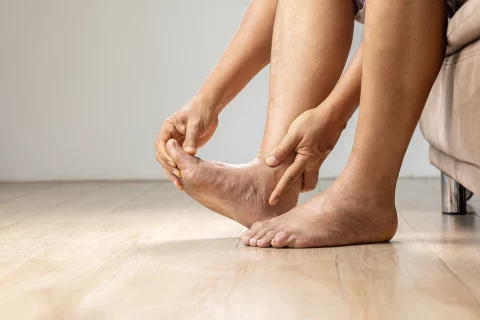Get Expert Care for Your Spider Veins
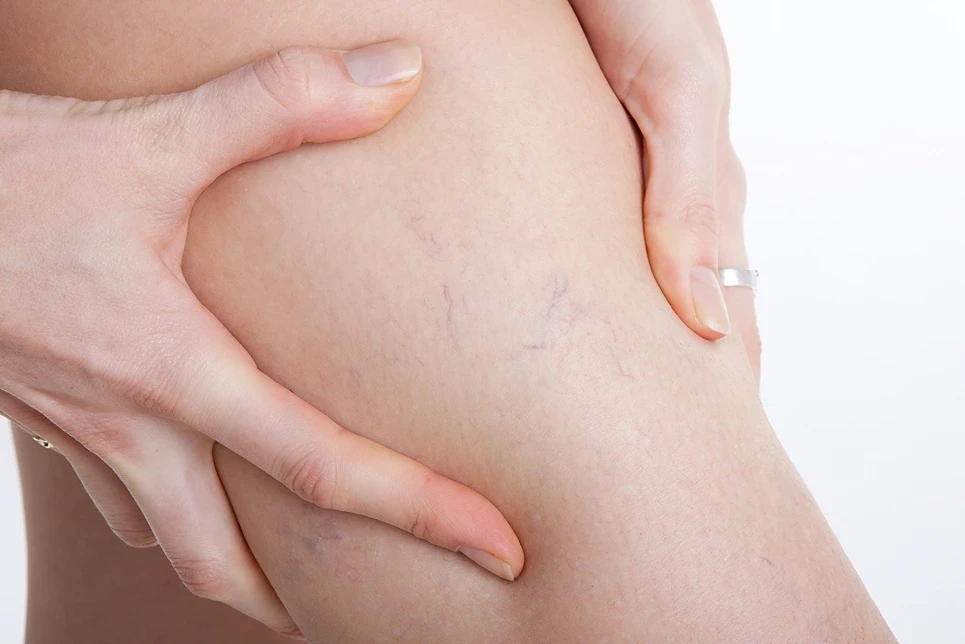
While high triglycerides do not directly cause spider veins, they are linked. People with high triglyceride levels tend to have a higher chance of developing spider veins compared to those with normal levels.
Spider veins are small, thin veins that lie close to the surface of the skin. They typically show up on the legs and feet as squiggly red, purple, or blue lines. While usually harmless, they can sometimes cause discomfort.
An estimated 40% of women and 20% of men in their 50s suffer from spider veins. While the exact cause is often unclear, many doctors believe high triglyceride levels may contribute to their development.
Schedule a consultation with our vein specialists to understand the link between triglycerides and spider veins and get personalized treatment recommendations.
Living with unwanted veins is a thing of the past, when you can simply schedule a free consultation with Vein Center Doctor and find your ideal solution today.
What are Triglycerides?
Triglycerides are a type of fat (lipid) found in the blood, primarily composed of three fatty acids linked to a glycerol molecule. They are the most common form of fat in the body and account for about 95% of all dietary fats.
After consuming food, especially those high in calories, your body converts excess calories into triglycerides, which are stored in fat cells for future energy use. This process is crucial as it allows the body to store energy for times when food is not immediately available.
Functions of Triglycerides
Triglycerides serve several important functions:
- Energy Storage: They store excess energy from food, which can be utilized between meals.
- Insulation: Triglycerides provide insulation to help maintain body temperature.
- Protection: They cushion and protect vital organs from injury.
Maintaining healthy triglyceride levels is important. Both excessively high and low levels can lead to health issues. High triglyceride levels (hypertriglyceridemia) are associated with an increased risk of cardiovascular diseases, including heart attacks and strokes. Conversely, very low levels can also indicate health problems, although this is less common.
Understanding Triglyceride Levels: What’s Considered Healthy vs High
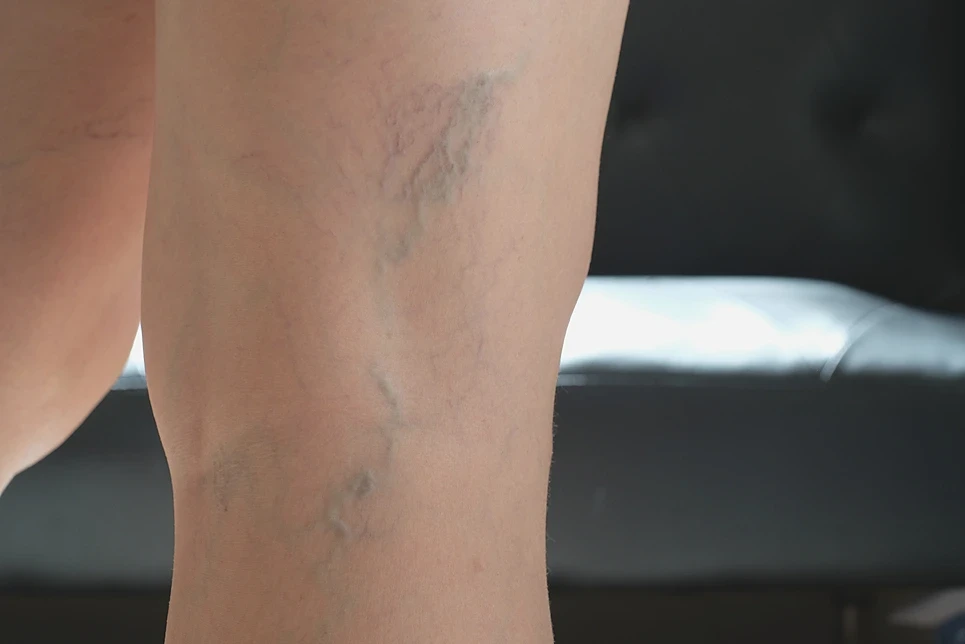
The ideal triglyceride range can vary slightly based on age and sex. In general, the National Lipid Association recommends:
| Cholesterol Level | Range |
| Normal | Less than 150 mg/dL |
| Borderline High | 150-199 mg/dL |
| High | 200-499 mg/dL |
| Very High | 500 mg/dL or higher |
Triglyceride levels can be affected by your genetics, diet, activity level, weight, smoking status, alcohol intake, and certain medical conditions.
Levels above 200 mg/dL are considered elevated and increase your risk for cardiovascular disease.
What Causes High Triglycerides?
Common causes of elevated triglycerides include:
Obesity: Excess body fat, particularly around the abdomen, is a significant contributor to elevated triglyceride levels. It leads to increased production and decreased clearance of triglycerides from the bloodstream.
Poor Diet: Diets high in simple carbohydrates (like sugars) and saturated fats can significantly raise triglyceride levels. Consuming more calories than the body needs, especially from unhealthy sources, contributes to this condition.
Alcohol Abuse: Excessive alcohol intake can impair the body’s ability to metabolize triglycerides, leading to higher levels in the blood.
Diabetes: Uncontrolled diabetes, particularly type 2 diabetes, results in insulin resistance, which can lead to increased triglyceride production by the liver.
Hypothyroidism: An underactive thyroid slows down metabolism and can lead to increased triglyceride levels due to reduced clearance from the bloodstream.
Kidney Disease: Impaired kidney function can hinder the elimination of triglycerides from the body, contributing to their accumulation in the blood.
Medications: Certain medications, including estrogen, steroids, and diuretics, can raise triglyceride levels as a side effect. Other drugs like beta-blockers and some antiretrovirals for HIV may also contribute to elevated levels.
Genetics: Genetic factors can influence how the body processes triglycerides, leading to familial hypertriglyceridemia in some individuals
How Do High Triglycerides Impact Blood Vessels?
Over time, elevated triglycerides can damage blood vessels in several ways:
Inflammation
High triglycerides signal your liver to produce more inflammatory proteins called cytokines. These cytokines damage the cells lining your blood vessels.
Plaque formation
High triglycerides combined with low HDL (“good”) cholesterol accelerate the development of artery-clogging plaques.
Blood clots
Triglyceride-rich particles make blood thicker and more prone to clotting. Clots can block blood flow causing heart attacks and strokes.
Hardened arteries
Over time, inflammation, plaques, and clots cause blood vessels to stiffen. This reduces oxygen flow to muscles and organs.
Poor circulation
As blood vessels narrow, circulation slows. Without adequate blood supply, tissues fail to get the oxygen they need.
Don’t wait for cardiovascular complications – get evaluated by our skilled team to assess triglyceride damage and restore vascular health.
Are Spider Veins a Symptom of High Triglycerides?
Spider veins and high triglycerides share many of the same risk factors, like obesity, poor diet, diabetes, and hypothyroidism.
While research has not definitively proven causation, some studies suggest high triglyceride levels may contribute to the development of spider veins. The data indicates those with elevated triglycerides seem to have a higher prevalence of spider veins compared to those with normal triglyceride levels.
However, many other factors also influence spider vein formation, including:
- Hormones: Estrogen dominance from pregnancy, puberty, or birth control pills can weaken blood vessels.
- Genetics: Spider veins often run in families.
- Age: Veins lose elasticity and valves weaken over time.
- Leg injuries: Trauma can damage vein walls.
- Prolonged standing: Static blood flow stresses vein valves.
- Obesity: Excess weight strains the legs.
So while high triglycerides may play a role, they aren’t likely the sole cause of spider veins. Evaluating your individual risk factors is key.
How Can I Lower My Triglycerides?
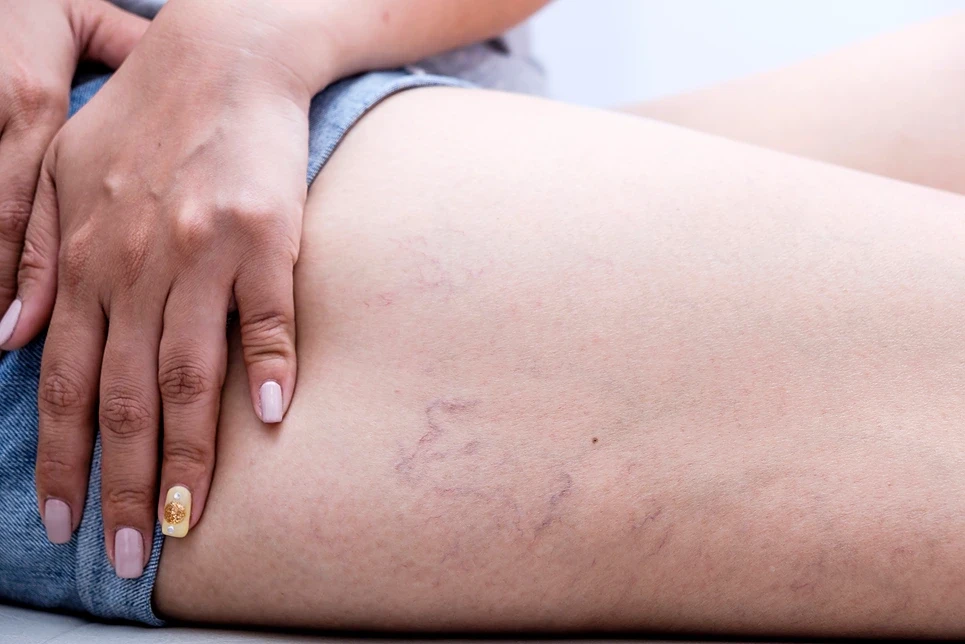
If elevated, reducing your triglycerides should be a priority. Here’s how:
| 1. Limit Sugar and Refined Carbs | Reducing intake of sugary foods and refined carbohydrates (like soda, candy, and white bread) is essential, as these foods can quickly convert to triglycerides in the body. |
| 2. Reduce Saturated and Trans Fats | Limiting saturated fats (found in red meat, butter, cheese) and trans fats (commonly found in fried foods and packaged snacks) is recommended because these fats can elevate triglyceride levels. |
| 3. Eat More Omega-3s | Consuming foods rich in omega-3 fatty acids, such as fatty fish (salmon, mackerel), walnuts, chia seeds, and flaxseed, can help improve triglyceride metabolism and lower levels. |
| 4. Exercise More | Engaging in regular physical activity (30-60 minutes per day) is beneficial for preventing triglyceride accumulation and improving overall cardiovascular health. |
| 5. Lose Excess Weight | Weight loss can significantly improve insulin sensitivity and reduce triglyceride production, making it an effective strategy for those with elevated levels. |
| 6. Limit Alcohol | Alcohol can increase triglyceride synthesis in the liver; therefore, limiting alcohol intake is advisable. The guideline of ≤ 2 drinks daily for men and ≤ 1 drink for women is consistent with recommendations. |
| 7. Take Medication if Needed | If lifestyle changes alone are insufficient, healthcare providers may prescribe medications such as fibrates, niacin, statins, or omega-3 fatty acid supplements to help lower triglyceride levels effectively. |
Can Lifestyle Changes Reduce Spider Veins Too?
The same diet and lifestyle changes that lower triglycerides can also minimize spider veins.
- Exercise improves circulation and leg muscle tone. Walking, swimming, cycling, and strength training are best. Compression socks during exercise help blood flow.
- Losing weight reduces pressure on leg veins. Just a 10% weight reduction can make a noticeable difference.
- Not crossing legs while sitting prevents blood pooling in veins. Keep legs uncrossed or switch positions frequently.
- Elevating legs periodically reduces hydrostatic pressure. Lie down and raise legs above heart level for 10-15 minutes, 2-3x daily.
- Eating more fiber can improve circulation and vein strength. Aim for 25-30 grams of fiber daily from fruits, vegetables, beans, nuts and seeds.
- Avoiding long periods of standing or sitting keeps blood flowing. Take breaks to walk around if your job requires prolonged stationary positions.
- Wearing compression stockings helps circulate blood from legs back to the heart. Graduated stockings provide the best results.
CTA: Our knowledgeable staff provides individualized guidance on lifestyle changes for improving both triglycerides and spider veins. Get in touch today
When Should I See a Doctor About Spider Veins?
In most cases, spider veins are a cosmetic nuisance rather than a medical concern. But in some situations, it’s wise to seek professional care when:
- Veins are enlarging or spreading quickly
- Significant pain, swelling, burning, or throbbing in legs
- Changes in skin color, excessive dryness, or ulcers
- Symptoms interfere with daily activities
- Family history of vein disease
- Spider veins accompanied by heaviness, fatigue, cramps or restlessness in legs
Our vein doctors can check for any underlying causes and rule out more serious conditions like deep vein thrombosis. Diagnostic tests may include:
- Physical exam of your legs
- Review of your medical history
- Duplex ultrasound to examine blood flow
- Blood tests to assess triglycerides, blood sugar, thyroid, cholesterol, and hormone levels
Based on the cause and severity, we will recommend the best treatment plan. Options for spider veins include:
- Sclerotherapy: Injection of solution into veins to scar and close them
- Venaseal: Medical glue injected to seal spider veins shut
- Venous Compression Therapy: Compression pumps improve circulation
- Medications or supplements: To address underlying factors like high triglycerides
Take Steps to Reduce Your Risk
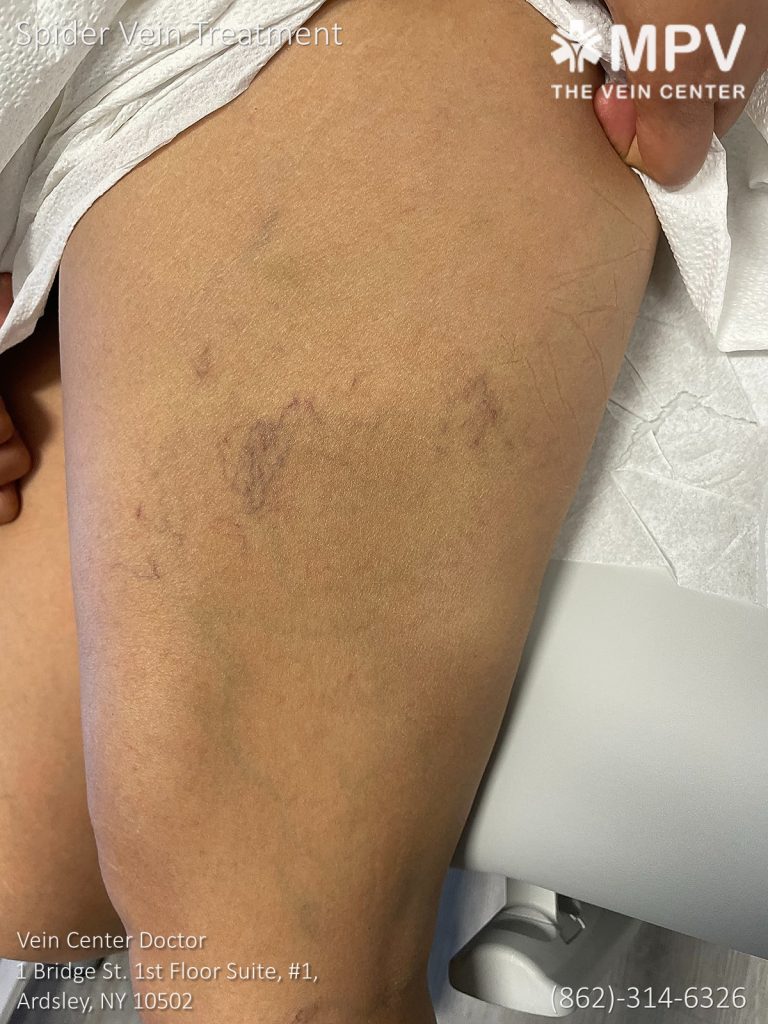
While not the sole cause, elevated triglycerides likely contribute to spider vein formation along with other factors like genetics, age, and hormone changes.
Fortunately, the same lifestyle measures that lower triglycerides also support vein health. Steps like achieving a healthy weight, exercising regularly, eating a high-fiber diet, and limiting alcohol can reduce the appearance of unsightly spider veins.
Focus on maintaining triglycerides below 150 mg/dL through healthy lifestyle choices. But if levels remain high, medication may be needed to protect your heart and circulatory system.
Don’t ignore painful or worsening spider veins. See a vein specialist for an accurate diagnosis and treatment plan. With the right care, you can keep your legs looking and feeling their best.
Schedule a visit with the Vein Center Doctor for a full vein assessment and let our caring experts get your legs looking and feeling their best.
Dr. Sood at Vein Center Doctor is always happy to offer free consultations to anyone looking to understand their vein issues. Don’t spend another day wondering how to make those visible veins go away. Call us at 862-227-1143 today!

